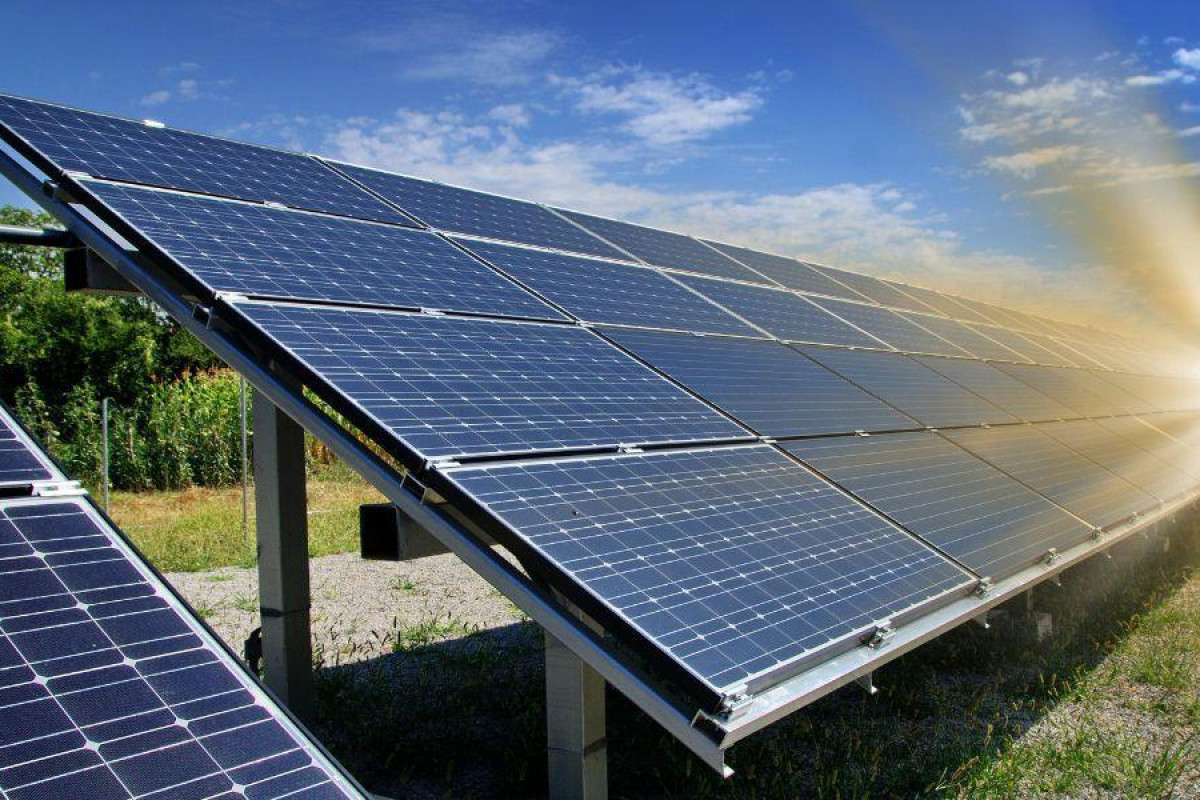General News
5 February, 2024
New water plant solar panels reduce carbon
SOLAR panels at three Loddon treatment plants are part of a carbon reduction journey by Coliban Water. Coliban says panels have been installed at Bridgewater, Pyramid Hill and Wedderburn along with plants in Bendigo and Leitchville. Managing...

SOLAR panels at three Loddon treatment plants are part of a carbon reduction journey by Coliban Water.
Coliban says panels have been installed at Bridgewater, Pyramid Hill and Wedderburn along with plants in Bendigo and Leitchville.
Managing director Damian Wells said emissions had already been reduced by a quarter.
He described reductions as “a fantastic outcome for the community and environment, and part of the water authority’s commitment to achieve net-zero carbon emissions by 2030.
“This reduction of almost 23 per cent is equivalent to reducing carbon emissions by 6149 tonnes, or removing 2,200 cars off Victoria’s roads in one year.,” Mr Wells said.
“As our region continues to change and grow, we know demand for water and sewer services will steadily increase.
“While this carbon reduction is a great start, there is so much more to do. Our water reclamation plants and water treatment plants are big energy users – so it’s vital we prepare for the future and find a more sustainable approach.
“We’re already feeling the impacts of climate change and we need to continue to play our part in combating this. We’ve committed to achieving net-zero carbon emissions by 2030 – known as Pathway to NetZero.
“This means that in 2030 we will have reduced our annual carbon emissions by 33,604 tonnes compared to our baseline emissions when we made our net-zero commitment.”
Mr Wells said increased investment in renewable energy sources would be an essential part of the water corporations carbon journey.
“We’ve also set ourselves the target of shifting to 100 per cent renewable energy by 2025. Once achieved our carbon emissions will be reduced by 90 per cent.
“Our hard work is now paying off and we’re on track to achieve this,” he said.
Mr Wells said the solar panel installation was contributing “a total of 300 kilowatts – a significant contribution considering five kilowatts is enough to power an average Australian home.”
Plans are in place to install more solar panels this year, to provide a further 530 kilowatts of solar capacity.
“We’re designing carbon out of all future infrastructure design and capital works delivery, while we continue to strengthen our contribution to a circular economy,” Mr Wells said.